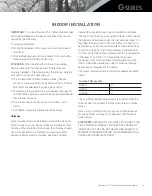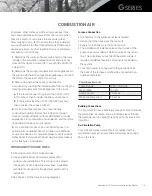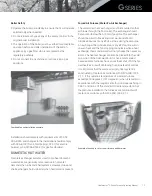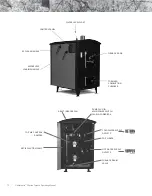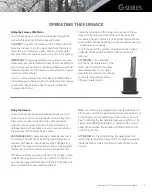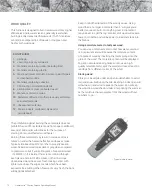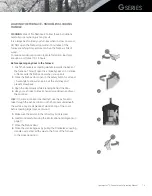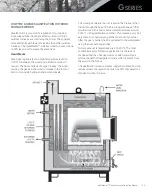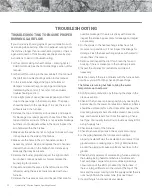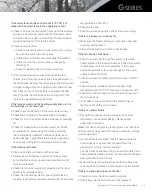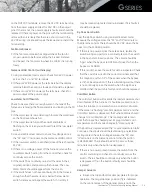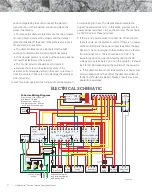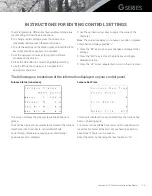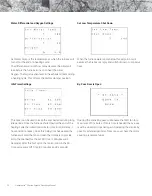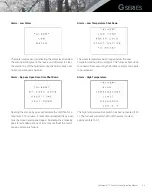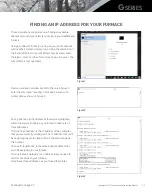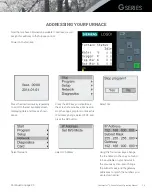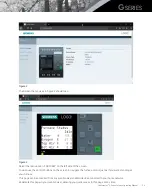
Heatmaster
ss
G Series Furnace Operating Manual
22
G
SERIES
Creosote - Formation, and Need for Removal:
When wood is burned slowly, it produces tar and other
organic vapors, which combine with expelled moisture
to form creosote. The creosote vapors condense in the
relatively cool chimney flue of a slow-burning fire. As a
result, creosote residue accumulates on the flue lining.
When ignited, this creosote makes an extremely hot fire.
The chimney and chimney connector should be inspected
at least twice a month during the heating season to
determine if a creosote buildup has occurred. If creosote
has accumulated it should be removed to reduce the risk of
a chimney fire.
CAUTION:
Make certain that all electrical power to the
furnace and components is shut off. It can be washed using
water and a mild nonabrasive cleaner suitable for painted
surfaces.
ATTENTION:
Avoid direct water pressure
CLEANING TOOLS
Tool #1
•
Has a round edge that is meant to be used to clean out
the round ports (A) in the refractory.
•
The straight edge can be used as a general scraping and
cleaning edge.
•
This tool is also good for your daily wood poking and fire
management tool.
Tool #2
•
This tool is to be used to pull ash out from the area to the
right of the bottom refractory (B). This tool allows you to
reach to the back and behind the refractory to pull out
ash.
Tool #3
•
This tool is meant to be used, to get a better handle on
the Refractory plug and thread out this plug. WARNING.
Threading out this plug should only be done after the
furnace has been allowed to cool down.
CLEANING YOUR FURNACE
Tool #1
Tool #2
Tool #3
Refractory
Plug
A
B

